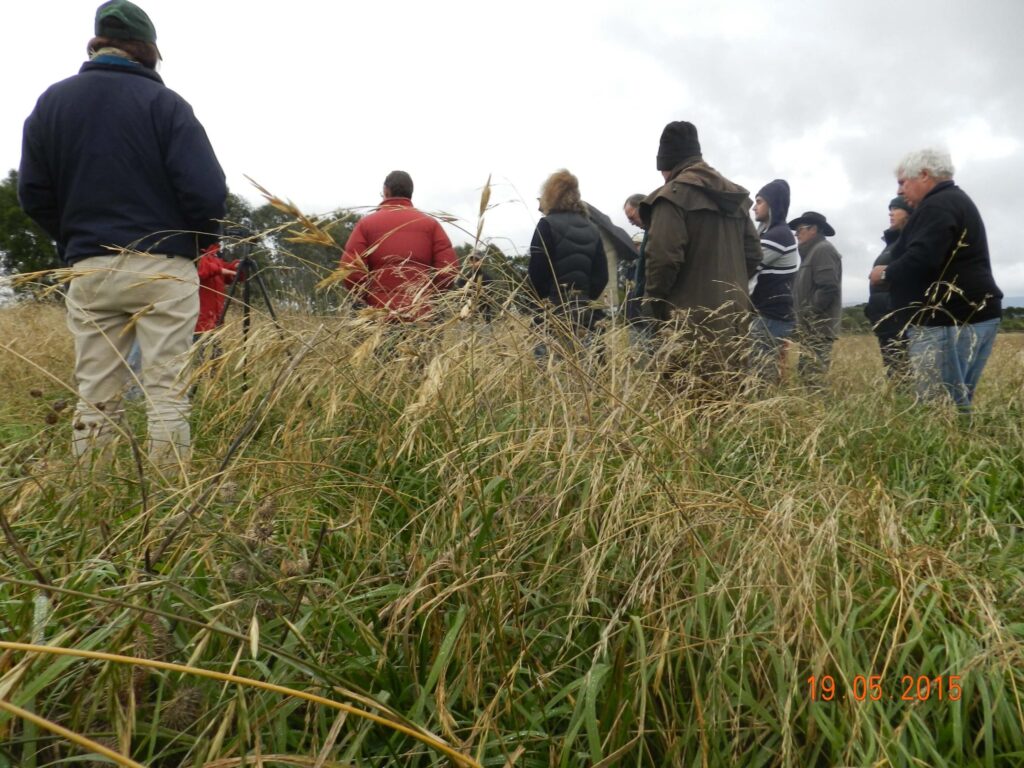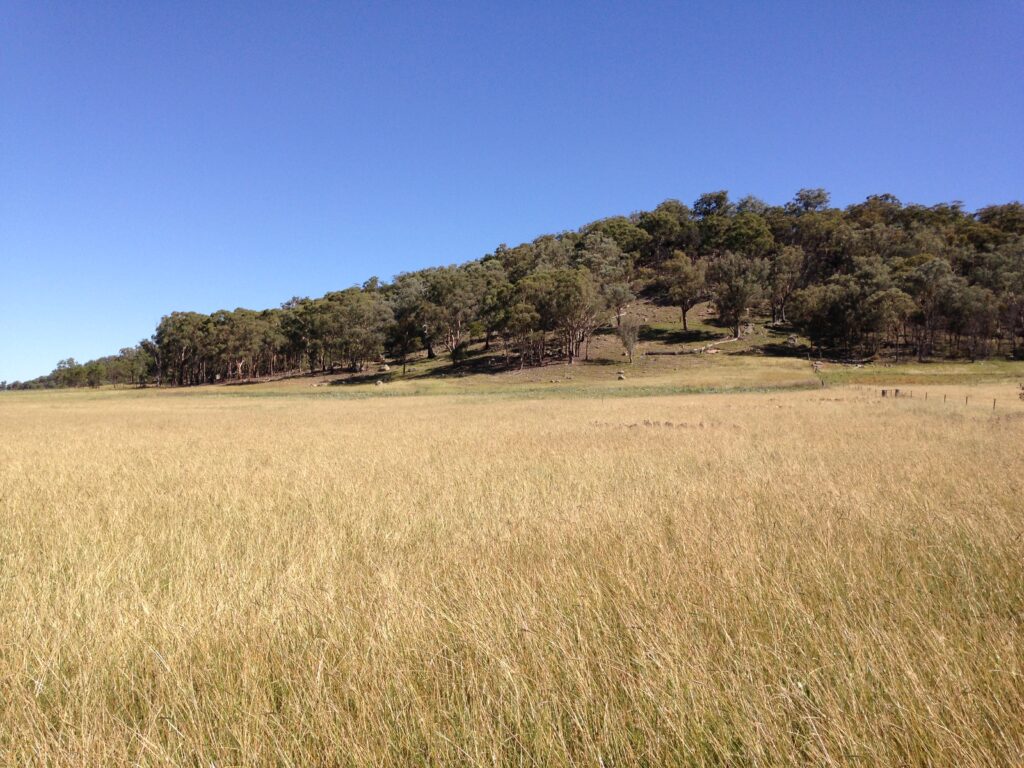Perennial Grass – The Foundation Of Regenerative Agriculture

Stipa’s purpose of promoting native perennial grasslands at a profit is the only known practice that can make agriculture regenerative, lower risk and stable. This article will hopefully promote some discussion on the management and future landscape we need for agriculture in Australia.
Key points:
- Only perennial grass-based agriculture can regenerate and then maintain soil health
- Legumes, tap-rooted forbs, saltbush and annual grasses need to be less than 5% in total of the plants in a perennial grassland
- We need to grow and use less grain for a sustainable planet
- Grass plant perenniality is more important than perennial grass plant diversity until landscape function is very high
The above statements and key points are bold and run counter to most of the advice on how to lower agriculture’s impact. Only by defining the context or outcome we want to produce can we have any chance of designing the future agriculture we need.
Generic Future Resource Base for Australia (Part)
Future Resource Base:
Land: Our land will have high stability, water infiltration, and nutrient cycling (landscape function), and soil will be healthy and building in carbon. The land will be converting solar energy to wealth and life for most of the year and biodiversity will be increasing. Waterways and coastal areas will be clear of topsoil and nutrient runoff and have abundant increasing life.
This gives us a clear target to design towards and it is clear that many of the practices considered to be sustainable fail within this context. I will only do a brief analysis of current practices as most readers know them in detail.
Analysis of current practices
Current Cropping (not Pasture Cropping which is perennial grass-based):
All cropping practices rely on annual plants resulting in erosion, unbalanced carbon-nitrogen ratios, nitrogen leaching, low fungal content, low soil carbon, declining biodiversity, etc.
The consequences of an annual system are a high need for fertiliser, herbicide, lime, machinery, high carbon emissions, etc. The lack of profitability and frequency of crop failure does not produce enough cash flow for the maintenance of lime additions, carbon, and soil life to maintain soil health. Practices such as multi-species cover cropping slow down these consequences but have been measured as producing high nitrogen/carbon ratios which will fail over time. These practices cannot produce the future resource base described nor clean healthy food and water nor healthy people. Growing more grain for animal feed and biofuel can only destroy the planet faster.
Annual Legumes:
Annual legumes, at a high percentage of ground cover, acidify soils, and leach nitrates, and have low ground cover (at certain times of the year) resulting in erosion. They also produce low fungal content, low soil carbon, increasing soil pH, declining biodiversity, etc. Legumes cannot produce the future resource base described nor clean healthy food and water nor healthy people
Perennial legumes and tap-rooted herbs and forbs:
Plants such as Lucerne, white clover, chicory, and plantain do not have fibrous roots to provide habitat and nutrients for soil biota, do not produce much litter and have a high nutrient requirement. When these plants are at a high percentage of ground cover these properties result in producing land low in nutrient cycling, water infiltration, and water holding capacity. Erosion is generally high and soil can become more acidic therefore these plants at more than 5% of the total area cannot produce the future resource base described nor clean healthy food and water nor healthy people.
Saltbush:
Same as tap-rooted forbs. Can be very good if a small component but at higher levels provides excess protein (like too many legumes) which results in grazing animals scavenging the perennial grasses to balance their diet resulting in bare ground, erosion and compaction.
Annual grasses:
Research shows that annual grasses and annual grass litter do not increase soil carbon, cycle nutrients, water infiltration, and water holding capacity as much as perennial grasses do nor do they provide seasonal stable ground cover. These plants as a high percentage of groundcover produce unbalanced carbon-nitrogen ratios, nitrogen leaching, low fungal content, low soil carbon, declining biodiversity, etc. These conditions cannot produce the future resource base described nor clean healthy food and water nor healthy people.
Perennial grass (especially native) based agriculture analysis
Perennial grasses:
Perennial grasses when proactively managed for high landscape function not only build soil health but build biodiversity, increase nutrient availability and soil carbon. This point tends to get missed but soil health  is a consequence of soil surface management to increase perennial grass density with the soil surface between the tussocks covered in decomposing litter. David Tongway has shown that until landscape function is high then perennial grass diversity is less important than being perennial. This fits with Col Seis and my experience.
is a consequence of soil surface management to increase perennial grass density with the soil surface between the tussocks covered in decomposing litter. David Tongway has shown that until landscape function is high then perennial grass diversity is less important than being perennial. This fits with Col Seis and my experience.
Jerry Glover, a soil scientist, shows off a perennial wheatgrass plant’s long roots, which grow deeper than annual plants’ roots [on the right], improving soil structure and reducing erosion. Source: Discover Magazine, Digging Deep: How to Feed the World with Perennial Food Crops, May 2014
Author: Graeme Hand www.handfortheland.com
Reprint from Stipa Newsletter Number 55







Responses